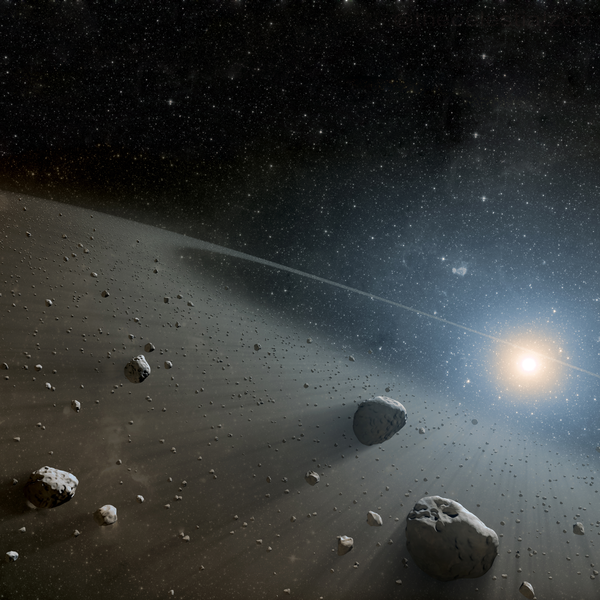According to experts, we may see the first landing of astronauts on an asteroid real soon.
NEOs

The ways near-Earth objects (NEOs) on a probable collision trajectory with Earth may be steered away, averting disastrous impact occurrences, are known as asteroid impact avoidance.
A sufficiently big asteroid or other NEO would trigger major tsunamis or numerous firestorms and an impact winter caused by the sunlight-blocking effect of large quantities of pulverized rock dust and other material pushed into the stratosphere, depending on its impact position.
The Chicxulub crater is considered to have formed 66 million years ago when the Earth collided with an object about 10 kilometers (6 miles) wide, triggering the Cretaceous-Paleogene extinction event, which is thought by scientists to have wiped out all non-avian dinosaurs.
While the likelihood of a significant collision in the near future is minimal, it is almost guaranteed that one will occur soon unless defensive measures are adopted.
Recent astronomical occurrences, such as the Shoemaker-Levy 9 impacts on Jupiter and the 2013 Chelyabinsk meteor, have re-ignited interest in such risks, as has the expanding number of items on the Sentry Risk Table. The success of the 2021 film "Don't Look Up" contributed to increased public awareness of the option of avoiding NEOs.
A NASA expert warned in 2016 that the Earth is unprepared for such a disaster.
Looking Back
Researchers looked at NASA's budget from the 1960s to see if an asteroid belt expedition is feasible in the next century. According to their calculations, the first crewed voyage to an asteroid might occur as early as 2073.
Scientists at NASA's Jet Propulsion Laboratory in Pasadena spearheaded the study published last week on the Arxiv website.
They did this by looking at how NASA's funding has evolved since 1958. The researchers noticed several surges in the amount of money NASA had to burn throughout the years, corresponding to major events. The early years of the Apollo program in 1966 and the announcement of the Artemis project to return to the Moon in 2018 were among them.
According to researchers led by Jonathan Jiang, the overall trend is a constant increase. They also analyzed historical data to forecast how technology would evolve over decades.
Before NASA can safely send people on long-distance journeys to other planets, it needs to achieve several leaps and bounds. According to the experts, a crewed journey to the asteroid may launch as early as 2073, with people landing on Jupiter in 2103 and Saturn in 2132.
"The results thus far imply that the worlds of our solar system, which have been only specks of light in the night sky throughout human history, may soon be within our reach," they said.
"According to our model, many people alive now may see human landings on worlds other than the Moon and Mars."
Sending Humans Into Space

NASA's crewed flights have only gotten as far as the Apollo program, which landed people on the Moon for the last time 50 years ago.
Since then, hundreds of astronauts have been sent to the International Space Station, located 250 miles above Earth.
It is planning a handful of trips to far-flung asteroids in the foreseeable future, but none of them will include humans.
DART
NASA launched a spacecraft last year that will crash into an asteroid on a suicide mission that may one day save humanity. This summer, the DART Mission will collide with the space rock Dimorphos, 11 million miles away from Earth.
Other Plans
The complex project, which includes NASA and the European Space Agency, is a test of methods for avoiding a deadly asteroid from colliding with Earth.
NASA also intends to deploy a space mission to the asteroid Psyche 16 to investigate the Solar System's beginnings.
In 2018, Japan's space agency successfully landed a spacecraft on the asteroid Ryugu and returned samples to Earth.
For more Space news, don't forget to follow Nature World News!
© 2025 NatureWorldNews.com All rights reserved. Do not reproduce without permission.





